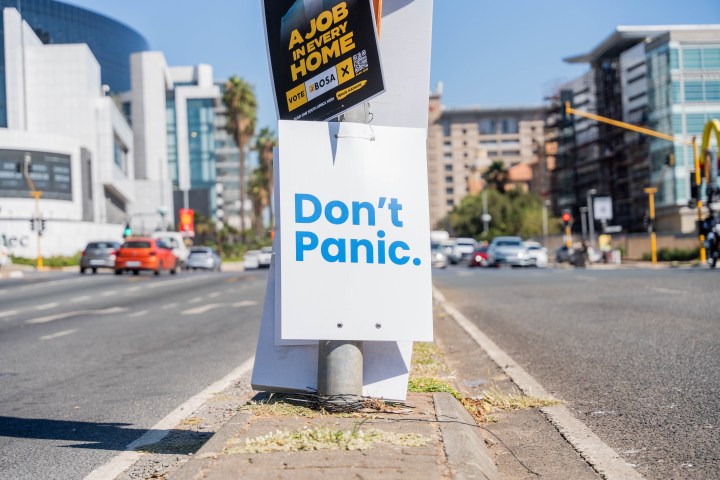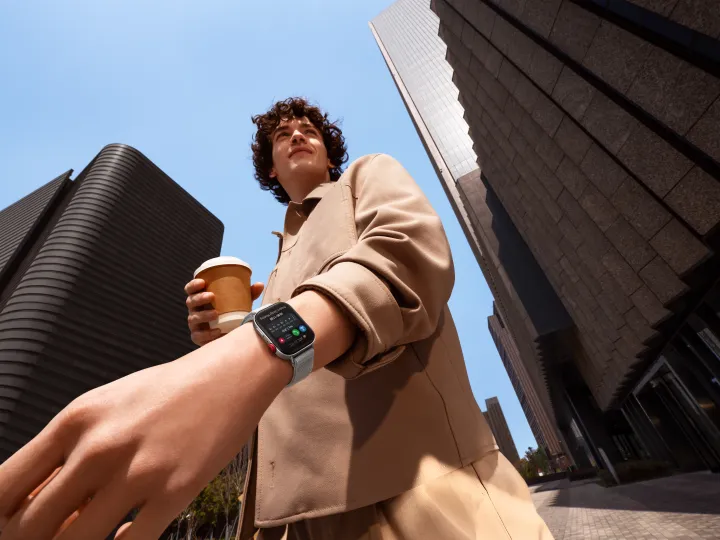For those who care about these things, every year reports are published by various consultancies and think-tanks ranking the calculated financial value of brands.
Because there is no undisputed method for determining the value of a brand, these agencies have their own special ways of calculating what’s known in the industry as “brand equity”; the ephemeral aura that magically surrounds the world’s most recognised and loved marks.
Accurately measuring brand equity is a hellishly complex thing to do, given that you are placing a tangible financial measurement on a reputational construct that primarily exists entirely in the minds of people.
In business, however, nothing is more valuable than the brand reputations that are painstakingly built and crafted over many decades by marketing professionals and their agencies. The power of persuasion that these intangible assets command in the market is really what drives the engines of our modern global economy.
Getting a sense of which brands are emerging, and how quickly they are developing, is important for brand custodians to know if you intend to have a fighting chance of competing for market share in this dynamic environment.
Globally, the biggest brand by consensus is Apple, valued at more than $500-billion. The Apple brand is worth more than Microsoft, which takes the silver medal just ahead of Google and Amazon. Something significant to note, which is a relatively recent development, is that of the Top 25 Most Valuable Brands in the World, seven of them (30%) are Chinese. That proportion will almost certainly increase further in the years to come.
Locally, one of the best resources to understand how the South African brandscape is shifting is the annual Brand Finance Directory. The 2024 rankings were published recently and in it, something rather unusual, yet fascinating, is presented.
At number 29 on this year’s Most Valuable Brands in South Africa list is a brand I would never have imagined to still carry value in the local market.
One place ahead of Clicks is that relic from the 1980s, Peter Stuyvesant.
More valuable in 2024 than Engen, Pep Stores and Cell C. Far more valuable than Koo, Tastic and All Gold, the Peter Stuyvesant brand has also unbelievably improved its position on the list by three places from last year.
But how can this be? Nobody still smokes cigarettes, do they?
To our surprise, despite there having been no tobacco advertising and sponsorship activity for the past 20 years, smoking cigarettes is still popular.
According to research done recently by the South African Medical Research Council, a quarter of the South African population (11.1 million adults), 41% of men and 12% of women, still currently smoke tobacco. The average South African smoker spends an estimated R263 a month on cigarettes, which by my crude calculations, means that a staggering R3-billion a month is spent on buying tobacco products and brands (both legal and illicit).
How is Peter Stuyvesant still one of South Africa’s most valuable brands in 2024?
By all logical reasoning tobacco marks really shouldn’t be more valuable than the brands of beloved household staples. Surely Lucky Star creates more of a net positive difference in our economy than a product directly linked with chronic health outcomes?
Peter Stuyvesant after all is a brand that was in effect cancelled by the Tobacco Products Control Act 83 of 1993 and the subsequent Tobacco Products Control Amendment Act 12 of 1999, which following global best-practice outlawed all tobacco advertising in South Africa in January 2001.
Along with the other tobacco brands, back in the 1980s (the heyday of tobacco mass market advertising) the category used to make up around 30% of all cinema advertising and 20% of outdoor advertising revenue came from cigarette companies. To say that these brands were aggressive promoters of their wares is an absurd understatement.
Peter Stuyvesant, though, even by today’s standards, was outstandingly confident in its strategic approach to marketing.
The brand consistently commanded an above-category share of voice, thanks to deliberately outspending what its competitors did on big mass marketing channels. You couldn’t quietly go to a screening of Rambo 3 or the Terminator 2 without indulging in at least three minutes of unadulterated tobacco-lifestyle propaganda courtesy of Peter Stuyvesant Productions.
Long before it became a much-hyped tactic, the company practically invented the art of what is now known as “sonic branding”; using and owning distinctive music and jingles in its lengthy ads. Mixing ’80s synth sounds with impressive orchestral power blasts was its signature sound.
The brand’s unique and consistently enduring visual identity cues, which you could spot from a mile off in its print ads, are still being used in its subtle point-of-sale displays today.
Above all, however, the brand mentally colonised the alluring fantasy of carefree, luxury international travel at a time when going anywhere but Hermanus on a South African passport was simply out of the question.
In the Peter Stuyvesant world of wonder flights to exotic, jetsetter locations were always reached via Concorde. The car of choice was usually a rust-coloured Lotus Esprit with roof racks chock-a-block with luminous skis held in place by outlandishly garish straps.
The young people that the ad agency responsible for creating these mega ads tended to hire were always scantily clad, even if they were throwing snowballs at each other in subzero conditions on the slopes of the Swiss Alps while hanging with Simon Le Bon himself.
Unlike other brands at the time that were selling the finest-quality tobacco and unique formulations of blends, Peter Stuyvesant was selling a path to a better life. The brand was an escape from the mundane, a portal to beautiful friends who were always happy, rich and permanently on holiday.
Strong brands are not easy to destroy.
Even when also associated with a seemingly insurmountable load of negative publicity, the half-life of the powerful and pervasive images that were created in our minds decades ago endures. The current appeal of a brand like Peter Stuyvesant is also amplified by our desire for artefacts from the past during these challenging times of uncertainty. Travelling on a rickety old Concorde ironically seems far safer these days than stepping on a brand-new Boeing.
When what lies ahead looks too scary, we tend to retreat towards eras and brands that we already “trust and understand”.
In future publications of the list though, it would be preferable to see some new, hopeful South African brands replacing the current stale incumbents. It’s a useful goal for a young ambitious marketer. DM














What a brilliant, well-written article. Thanks Jon.
Such an interesting article. As a 12 year old in the mid sixties, I bought my first packet of cigarettes and a box of matches and bicycled down to the beach to light up. What brand did I choose to buy? Peter Stuyvesant.